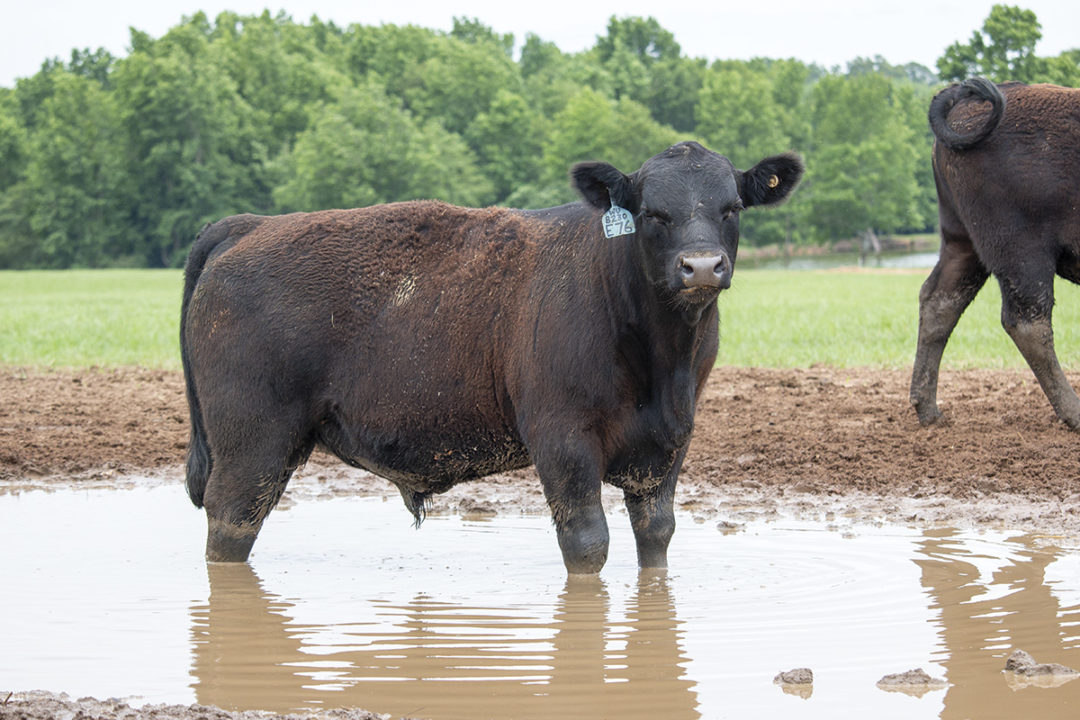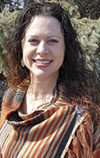Heat stress events have already popped up in the Midwest, and it feels like it started in April. Going from the winter lows to summer highs does not leave cattle, who may still have their winter coat as well as a large fat cover, proper coping mechanisms. Seeing the signs of heat stress and being prepared can help your cattle recover in a safe manner and allow you to mitigate performance and economic loss before it becomes largely impactful. Knowing which cattle are most susceptible will help you focus your time on those higher-stress groups and allow you to be prepared.
Indicators for a marked impact on cattle during heat stress include:
- Bunching
- Reduced feed intake or feed refusal
- General upset and lengthened time standing
- Tail swishing
- Seeking shade
- Body alignment with the sun to reduce surface area
- Mouth breathing and panting
- Salivation dropping to the ground, i.e., slobbering
- Shaking
- “Playing” in the water trough or grouping around it
The types of cattle most at risk for heat stress are fat cattle with inadequate shade cover; dark-hided cattle; high-risk, newly received and put together lightweight cattle; and unhealthy, immune-compromised cattle.
Short-term mechanisms to help reduce heat stress impact may include a little high-end labor. Following are some suggestions for making your cattle more comfortable and profitable.
- Increase water space per head and make sure water is clean. Where possible, add another water tank or two in easy-to-access locations.
- Use an electrolyte source and/or a rumen stabilizer product in the water or feed. This must be done prior to the event so animals have this onboard prior to the event.
- Look at pen conditions and modify as needed. Make sure pens are groomed. Use light-colored bedding to reduce sun convection on the pen surface. Clean aprons and bunks of debris or old feed.
- Add a TMR stabilizing product. This helps keep feed fresh and reduce mold and yeast growth during periods when the sun can increase feed temperature, deterring cattle from eating in their normal pattern and adding further to ruminal upset.
- Make sure winter windbreaks are removed or that only pens with adequate air flow are housing cattle.
- Install sprinkler systems or mound wetting to cool surface area. When using sprinklers on cattle, make sure the water can get to the hide of the animal and that there is adequate air flow to take the heat of evaporation off the animal’s body.
- Adjust time of feeding if necessary. Feed more, smaller meals at time intervals where cattle will want to eat, allowing feed to stay fresher. Feed in the afternoon after the peak temperature of the day so animals can eat and ruminate during the night cooling period.
- Delay working or moving cattle until heat event has passed.
Heat stress standard operating procedures should be discussed with your cattle team prior to heat stress season being in full force. This plan should also include how to care for your human and four-legged feedyard workers during these events. A little short-term planning can help mitigate the long-term impacts heat stress has on cattle. These small efforts add up economically and help reduce further impacts that heat stress will have on a group of cattle through their feeding period.









